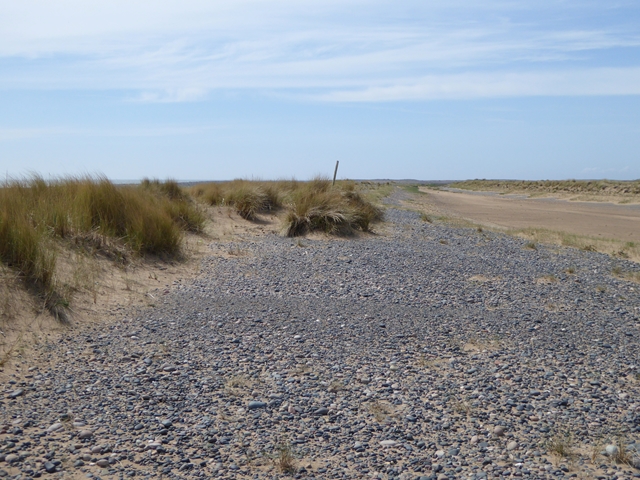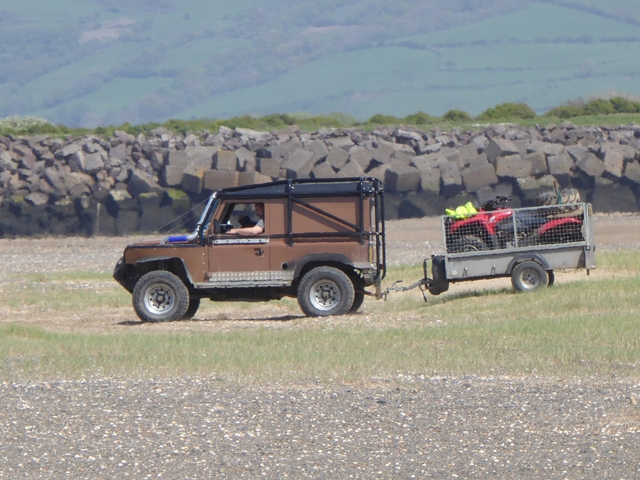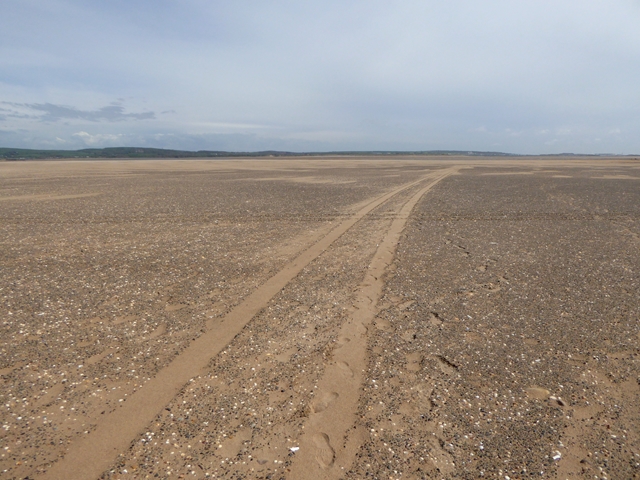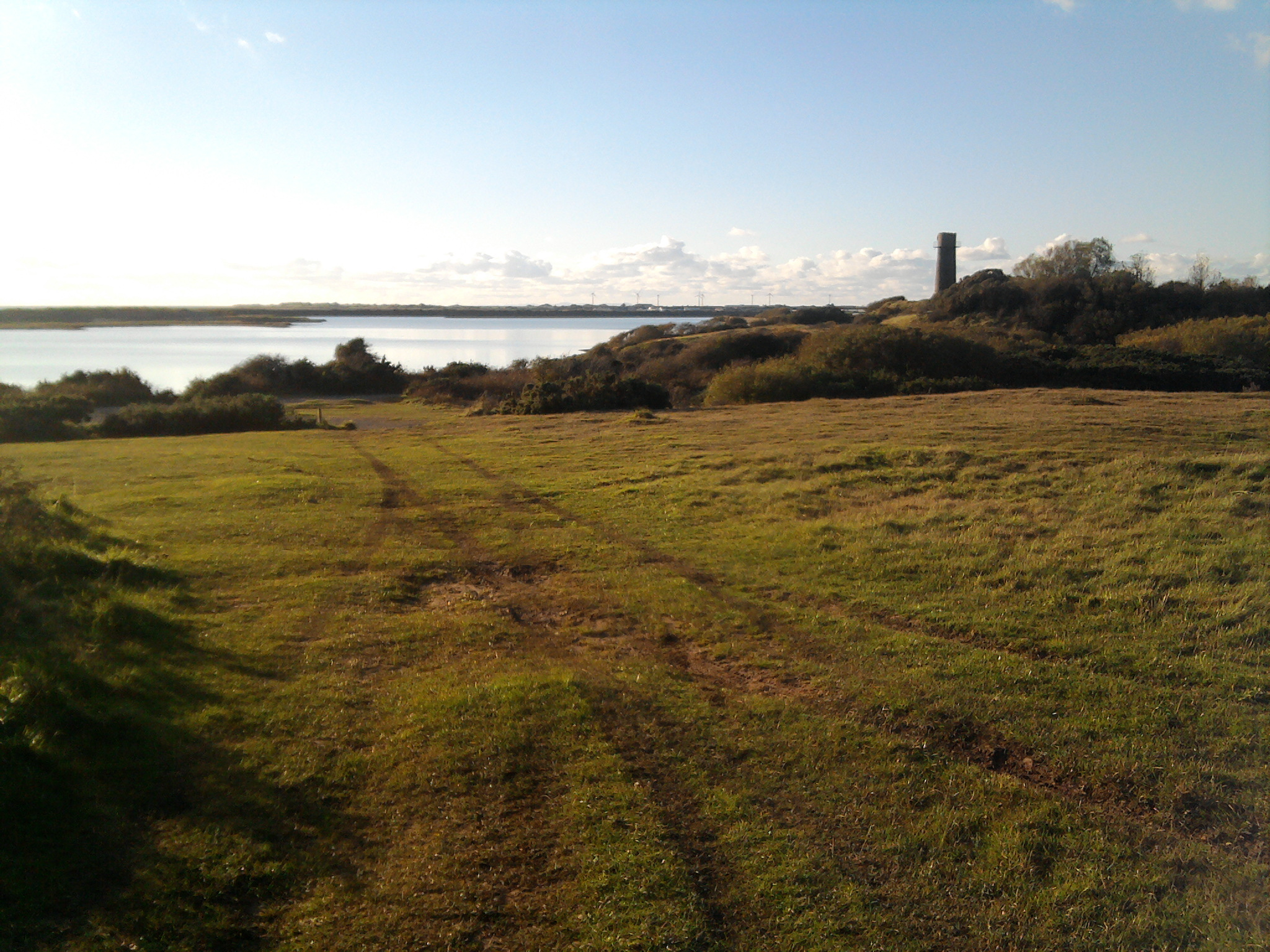Duddon Sands
Coastal Marsh, Saltings in Cumberland Copeland
England
Duddon Sands

Duddon Sands is a coastal marsh and saltings area located in Cumberland, England. It stretches along the Duddon Estuary, which is the border between Cumbria and Lancashire. This nature reserve is internationally recognized for its ecological importance and is protected under various conservation designations.
The marshes of Duddon Sands are characterized by their vast expanses of saltmarsh vegetation, which thrive in the intertidal zone where freshwater from the Duddon River meets the tidal waters of the Irish Sea. The area is home to a diverse range of plant species, including sea lavender, sea aster, and glasswort, which have adapted to survive in the saline environment.
The marshes provide a vital habitat for many bird species, particularly during the winter months when migrating birds seek refuge here. The reserve is an important feeding and roosting site for wading birds such as curlews, redshanks, and oystercatchers. It is also known to support a significant population of Brent geese, which travel here from Arctic breeding grounds.
In addition to its avian inhabitants, Duddon Sands is a haven for marine life. The intertidal mudflats provide a rich feeding ground for invertebrates, which attract wading birds and other wildlife. Common seals can often be spotted hauling themselves out onto the sandbanks at low tide.
Visitors to Duddon Sands can explore the reserve via a network of footpaths and bird hides, allowing for a closer observation of the diverse flora and fauna. The reserve offers a tranquil environment for nature enthusiasts and provides an opportunity to appreciate the unique beauty of this coastal marsh and saltings area.
If you have any feedback on the listing, please let us know in the comments section below.
Duddon Sands Images
Images are sourced within 2km of 54.187363/-3.278701 or Grid Reference SD1677. Thanks to Geograph Open Source API. All images are credited.
Duddon Sands is located at Grid Ref: SD1677 (Lat: 54.187363, Lng: -3.278701)
Administrative County: Cumbria
District: Copeland
Police Authority: Cumbria
What 3 Words
///locate.keen.irritated. Near Haverigg, Cumbria
Nearby Locations
Related Wikis
Haverigg
Haverigg is a village on the south-west coast of Cumbria, England, historically part of the county of Cumberland. In 2001 it had a population of 1,791...
Hodbarrow RSPB reserve
Hodbarrow RSPB Reserve is a nature reserve run by the Royal Society for the Protection of Birds (RSPB) on the edge of the Lake District National Park in...
St George's Church, Millom
St George's Church is in the town of Millom, Cumbria, England. It is an active Anglican parish church in the deanery of Furness, the archdeaconry of Westmoreland...
Millom Rural District
Millom was a rural district in Cumberland in England from 1934 to 1974. It was formed by a County Review Order in 1934 by the merger of the Millom urban...
Have you been to Duddon Sands?
Leave your review of Duddon Sands below (or comments, questions and feedback).




















